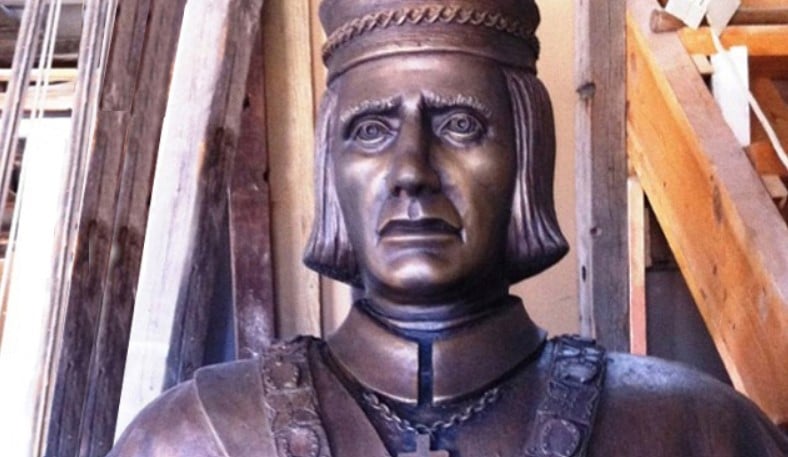
Juan de Fuca, or Ioannis Phokas, was an intrepid, and much underappreciated, Greek explorer and navigator who lived during the sixteenth century. De Fuca is best known for being the first to describe the Strait of Anian, which is now known as the Strait of Juan de Fuca off Vancouver, British Columbia, Canada.
The Strait of Juan de Fuca is located between scenic Vancouver Island and the stunning, mountainous Olympic Peninsula, located in the northwestern part of the US state of Washington.
The Juan de Fuca tectonic plate, one of the smallest in the world, runs along the coast of Vancouver Island, just near the strait named after him.
Greek explorer Juan de Fuca and his famous Strait

Born in 1536 on the Greek Ionian island of Kefalonia, de Fuca was a maritime pilot who served King Philip II of Spain during his many Spanish expeditions. This is how he became known as de Fuca, which is the Spanish version of his last name.
The navigator’s grandfather, Emmanouel Phokas, fled Constantinople in 1453, the year the Ottomans conquered the Byzantine capital.
Emmanouel Phokas settled first in the Peloponnesian peninsula, but in 1470 he moved to the island of Kefalonia. A few decades later, the great navigator was born to Emmanouel’s son Valerianos.
De Fuca’s first voyages were to the Far East. He claimed to have arrived in New Spain in 1587 when the English captain Thomas Cavendish seized his galleon and deposited him ashore at Cabo San Lucas in Baja California.
Before he made his trip up the northwest coast of the North American continent, de Fuca sailed to China and the Philippines and back to Mexico in Central America.
There has been controversy surrounding the veracity of Juan de Fuca’s exploratory missions since researchers have been unable to find extensive records of his expeditions in the Spanish archives.
Some not only doubted his discoveries along America’s West Coast and Asia, but also whether or not he even existed.
It is said that some scholars, including Captain Cook, the eighteenth-century British explorer, considered Juan de Fuca a completely fictional character. Most contemporary scholars now agree that de Fuca likely did exist.
However, in 1787, when the English explorer Capt. Charles William Barkley “re-discovered” the passage the Greek explorer had described, he decided to rename the waterway from The Strait of Anián to the Strait of Juan de Fuca.
On August 5, 2017, in Argostoli, the capital of Kefalonia, a statue of the navigator was erected in his memory, and the city’s port was renamed in honor of the Greek explorer. Perhaps history has just begun to give the fearless Greek explorer his just desserts, and time will uncover more historical records on this great man.
See all the latest news from Greece and the world at Greekreporter.com. Contact our newsroom to report an update or send your story, photos and videos. Follow GR on Google News and subscribe here to our daily email!



